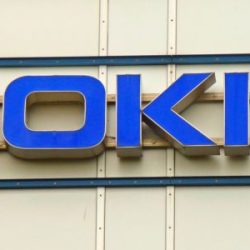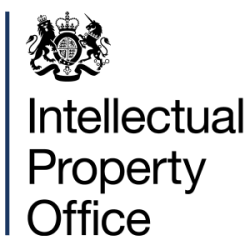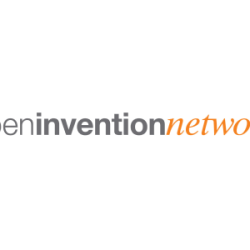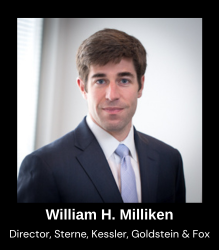 On May 18, 2023, the US Supreme Court issued its opinion in Amgen v. Sanofi, which concerns patent law’s enablement requirement. Under that requirement, codified at 35 U.S.C. § 112(a), a patent specification must describe “the invention” and “the manner and process of making and using it” with enough detail to “enable” a person with ordinary skill in the relevant field “to make and use” the invention.
On May 18, 2023, the US Supreme Court issued its opinion in Amgen v. Sanofi, which concerns patent law’s enablement requirement. Under that requirement, codified at 35 U.S.C. § 112(a), a patent specification must describe “the invention” and “the manner and process of making and using it” with enough detail to “enable” a person with ordinary skill in the relevant field “to make and use” the invention.
The patent claims at issue belong to Amgen and cover a group—or, to use patent-law lingo, “genus”—of antibodies with a particular binding profile that makes them useful in treating high cholesterol. The claims are “functional,” in that they describe the claimed antibodies by the way they bind to a certain protein rather than by their physical structure. Sanofi argued that these claims fail the enablement requirement because there are potentially millions of antibodies that perform the claimed function and yet the patent specification structurally characterizes only six of them. A skilled artisan wishing to find other antibodies that performed the claimed function, Sanofi contended, would be forced to engage in an unreasonable amount of experimentation to do so.
In a unanimous opinion, the Supreme Court agreed with Sanofi.
Relying heavily on three ancient Supreme Court enablement precedents addressing very different inventions (like the telegraph and the lightbulb, for example), the Court explained that “[t]he more one claims, the more one must enable.” Genus claims are permissible, the Court held, but only if the patentee identifies a “general quality” common to the claimed genus that “gives it a peculiar fitness for the particular purpose,” such that skilled artisans can determine whether a given species possesses that general quality with a “reasonable amount of experimentation.”
Amgen’s patents, the Court held, do not satisfy this standard: a skilled artisan wishing to make and use the full scope of Amgen’s functional claims would have to engage in undue experimentation. Amgen, in the Court’s view, had claimed a genus far beyond what it had described and had provided “little more than advice to engage in trial and error” to skilled artisans seeking to make other claimed embodiments.
One striking feature of the Court’s analysis is its heavy reliance on old precedent involving technology far afield from the antibody patents at issue in Amgen. In recent years, the Federal Circuit has accumulated a substantial body of caselaw enablement in the biotechnology space generally and the antibody space specifically, but those precedents do not receive so much as a nod in the Supreme Court’s opinion.
In a sense, the Court has taken enablement law back to basics. The theory, perhaps, is that applying substantive patent law is, at bottom, an exercise in interpreting the Patent Act, and since there is only one Patent Act, the same substantive principles should apply to all types of inventions, no matter the level of complexity or the area of technology.
It will be interesting to see the effect of this opinion on enablement doctrine in the Federal Circuit. While the Court affirmed the Federal Circuit’s result and specifically endorsed significant portions of its analysis, the Court’s methodological approach is quite different from that typically seen in Federal Circuit enablement opinions. The Supreme Court’s opinion favored in-depth analogies to old but binding enablement precedent—the type of analogies law students are taught to draw in their first-year legal writing courses. The Federal Circuit, in contrast, is more prone to invocation of complex multi-factor tests (like the eight-factor Wands test) and sub-tests (like the “representative number of species” and “common structural features” tests of Ariad v. Eli Lilly). To borrow a term from Richard Posner (see his book Reflections on Judging), the Federal Circuit doctrine is characterized by a high degree of “internal complexity.” Perhaps Amgen will prompt the Federal Circuit to go back to basics as well.
Written by William H. Milliken, Director, Sterne, Kessler, Goldstein & Fox PLLC and co-chair of its appellate practice
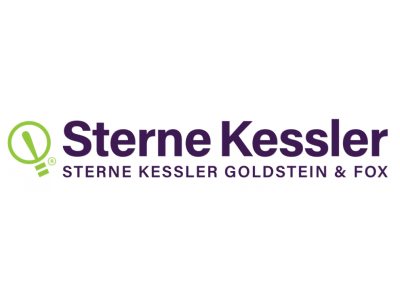
| MORE NEWS | | WRITE FOR OUR NEWSLETTER |







